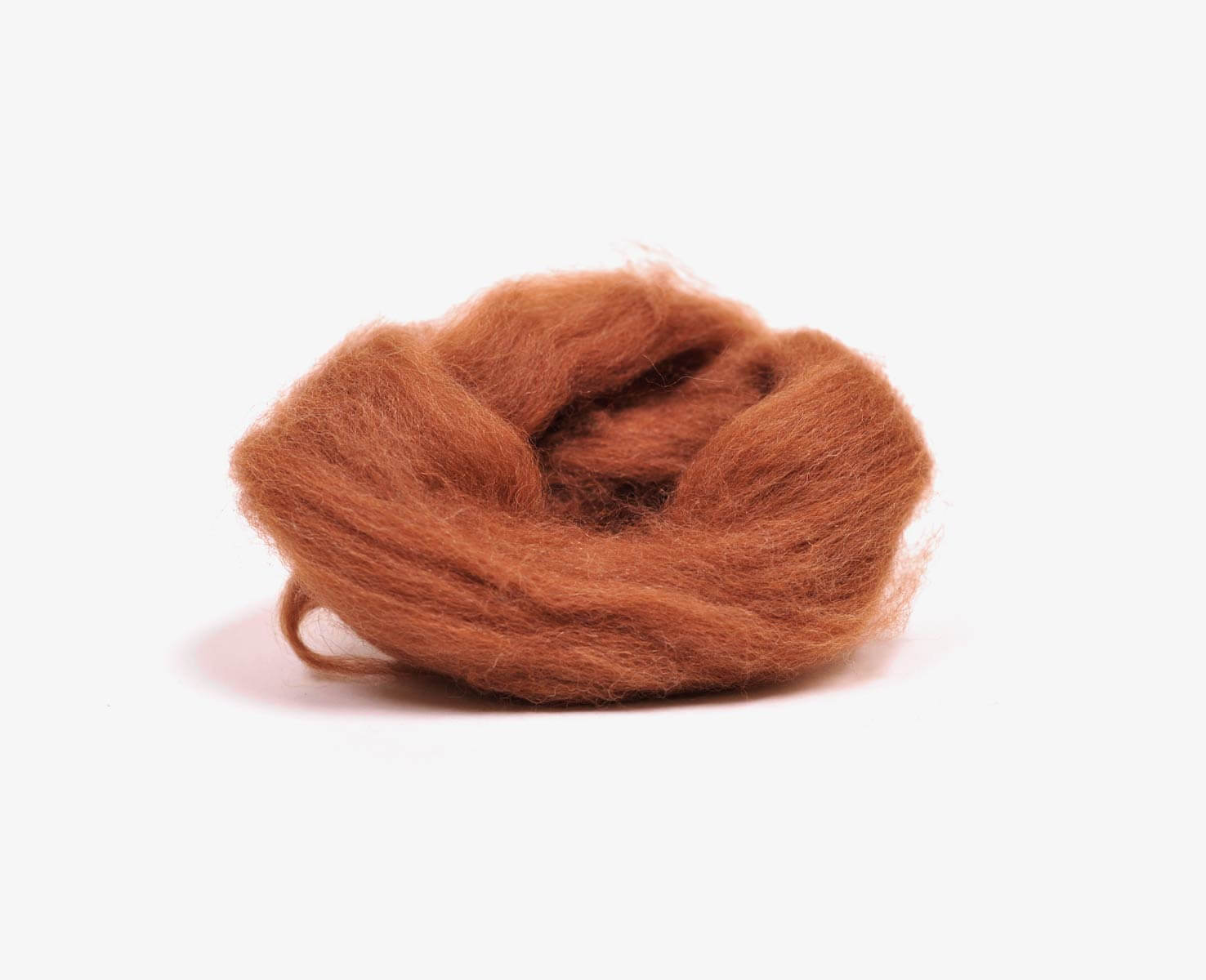The Most
100% Natural
Complete Fiber
Hand Shorn & Hand Made
On earth
100% Natural
Complete Fiber
Hand Shorn & Hand Made
On earth
Complete Fiber
Hand Shorn & Hand Made
On earth
Hand Shorn & Hand Made
On earth
On earth
Miracle Fiber
Llama fleece doesn't just perform, it out performs all other fibers. Whether you’re taking an early morning walk or summitting a fourteener, llama fleece is unparalleled in all applications. Llama fiber sets a new standard for outdoor clothing that outdoorsmen recognize and appreciate
Cold Temperatures
-30ºF
Warm Temperatures
92ºF
The altiplano—“high plain”— (elevation 12,000 - 15,000 feet above sea level) is skirted by the soaring peaks of the Andes Mountains of South America. Llamas thrive here thanks to a gift of nature: their coats of soft, hollow-fiber fleece that keep them comfortable in the daily fluctuations of freezing nights and warm days. Those same properties define the garments of Altiplano Insulation, Inc.
Llama Fiber Wicking Ability
Creates A Personal Atmosphere
As we break through the felted crust of the exterior of the fleece and examine the undercoat of the fine downy fiber, the fibers become much more orderly and consistent compared to the more tangled outer surface of the fleece. It’s within this downy portion of the fleece, between the felted surface and the llama’s skin, that the llama’s personal atmosphere exists and functions.
How it works
Hollow Fiber
The fiber’s ability to maintain an optimum level of water vapor gives it an unmatched comfort range. The hollow, light weight fiber gives another aspect of comfort
50º Temperature Range
Llama fleece provides a comfort range of 50 degrees.
27% Moisture Regain
The higher a fiber’s moisture regain, the higher its ability to wick moisture and to insulate against cold.
Llama fleece has been shorn annually by native Andeans and used in various textiles for over 6000 years.
Altiplano Standards
Hand Picked, Hand Shorn & Hand Crafted
The garments created by Altiplano Insulation require special equipment, and an exacting production process. Natives of the Altiplano have centuries of experience, state-of-the art equipment, and a strong sense of pride in producing high quality products that represent their national heritage. Their commitment and craftsmanship result in the highest quality garments.
